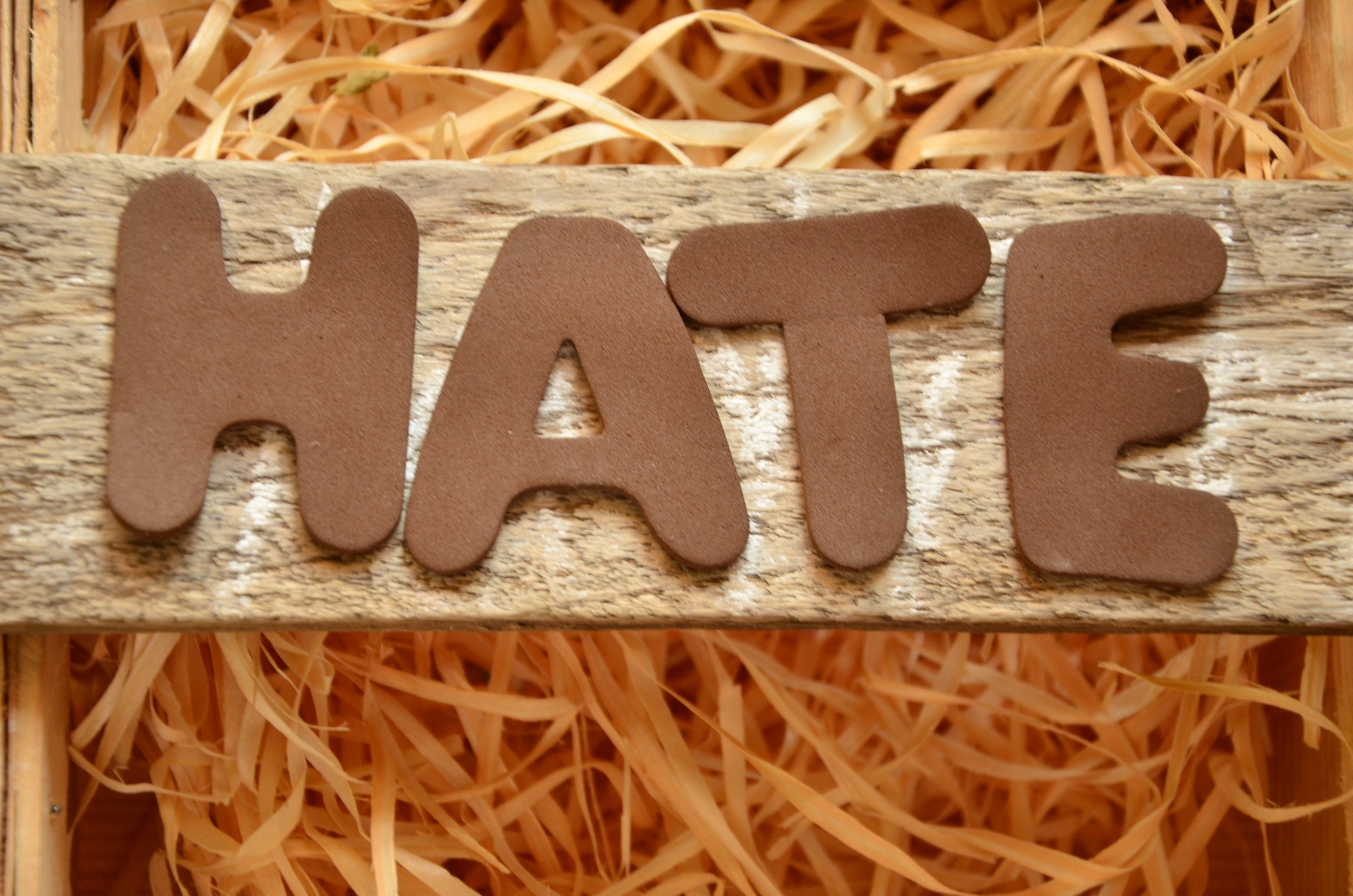Hate—what a loaded term, full of tremendous emotions and complicated connotations. But have you ever paused to consider what lies beneath the surface when we casually use the word “hate“? Let’s take an excursion into the web of human emotions, shining light on the intricate fabric of hatred and how we might break free from its grip.
The depths of human emotions: understanding the spectrum of hate
Hate is more than simply a transient sensation; it’s a complex combination of fear, fury, and a sense of injury. Researchers from a variety of sectors, including education, psychology, sociology, and law, work to decode the enigma of hatred, peeling back its layers to discover its fundamental essence.
Fear can serve as the foundation for hatred. For example, if you are learning to swim and get washed away by a very strong current, you may develop a dislike for swimming in the future. Or perhaps you had a horrible argument with a friend at a local restaurant, and walking past it reminds you of that painful experience, so you now say you despise going there. This sensation may even extend to the person with whom you argued. If they said anything hurtful to you, you may now claim you detest that person. Understanding hate as an emotional response might help us understand our feelings for something or someone and become curious about where they come from.
Dissecting hate: dispelling misconceptions
Contrary to common belief, hatred is not synonymous with rage or dislike. Hatred is often motivated by misunderstanding or disagreement rather than true hostility. Anger, hurt, or confusion can all be mislabeled as “hate”. When there is a lack of understanding or fear of the unknown, hate or harsh judgment may appear to be an easy way out, allowing people to avoid the difficult work of being inquisitive and open to other people’s distinct lived experiences.
Hatred occurs when someone or a group of individuals are judged to be innately less human or worthwhile than oneself. Unfortunately, it is simple to blame others for things we do not believe or experiences we dislike, resulting in a cycle of misunderstanding and animosity.
The pyramid of hatred: visualizing hate
The United States Department of Justice defines hatred as “bias against people or groups with specific characteristics that are defined by law.” These traits may include a person’s race, religion, gender, sexual orientation, handicap, or country of origin.
Consider hatred to be a pyramid, with biased attitudes and stereotypes serving as the basis. Left unchecked, these seeds of bias blossom into discriminatory actions—bullying, exclusion, and verbal assaults—pushing individuals or groups to the brink of violence and hate crimes.
During the COVID-19 pandemic, many Asian people in the United States experienced an increase in hate crimes. When biases are allowed within communities, individuals may escalate their discriminatory ideas, resulting in exclusion or prejudice against specific groups in a variety of situations, including neighborhoods and workplaces.
Individuals moving up the hatred pyramid may turn to violence or hate crimes, motivated by the mistaken idea that their own identity or values are superior to those of others. This can emerge as threats, physical aggression, or property destruction. At the top of the pyramid is genocide, which represents the strong intention to wipe out an entire group.
Taking action against hate
In the fight against hatred, we individually have the ability to impact change. We can destroy the pyramid of hate from the ground up by cultivating empathy, exposing biases, and advocating for inclusion. As stewards of justice, we must serve as lights of hope in a world enveloped in darkness.
Fortunately, there are numerous methods we can overcome hatred in our daily lives. From speaking out against hateful words to promoting understanding and empathy, every action, no matter how small, helps to create a more compassionate and equitable society.
Choosing love over hate: A path to healing and reconciliation
Hate has sometimes been incorporated into legislation, as evidenced by historical examples such as the Indian Removal Act and Jim Crow laws, which targeted Native and Black Americans. When we choose silence in the face of hatred, we unintentionally allow it to develop, resulting in greater harm.
Here are some strategies to combat hate in our everyday lives.
First, pay close attention to the conversations around you. If people you associate with display hostility toward specific groups, consider speaking up or reevaluating your social circles. Being an upstander entails supporting those who are targeted and reporting hate crimes when you see or hear about them.
Additionally, introspection is essential. Take notice of any nasty thoughts or behaviors that may be influencing your actions and views. Understanding what hate looks and sounds like, both in yourself and in others, is essential for effectively combating it.
Furthermore, embrace variety and endeavor to comprehend others who have had different experiences than you. Be willing to examine your own preconceptions and prejudices, and approach situations with curiosity and kindness.
Remember that you are not alone in the fight against hate. Many human rights organizations and government programs work to eradicate hatred and promote inclusivity. As civil rights leader Rev. Martin Luther King Jr. famously said, “Darkness cannot drive out darkness; only light can do that. Hate cannot drive out hate; only love can do that.”
By demonstrating love and compassion, you create a good example for others to follow, resulting in a more inclusive and peaceful community.












